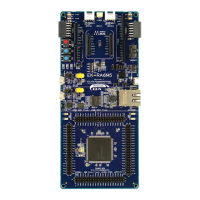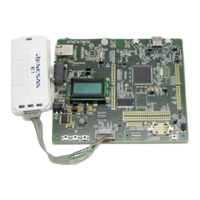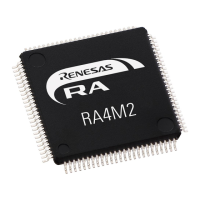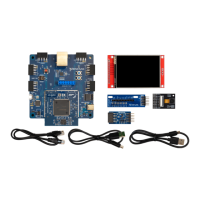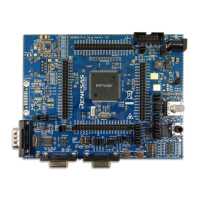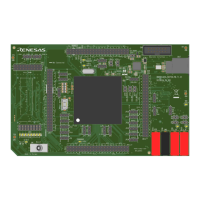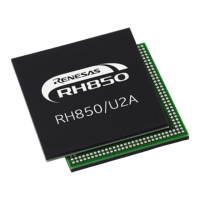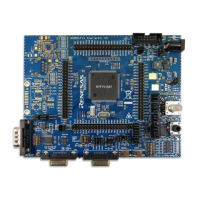of 42
May 10, 2017
2.1.1 Procedure for Sending Messages from Transmit Buffer
Figure 2-2 shows the procedure for sending messages from the transmit buffer.
【Note】 1. For the TMTRF [1: 0] flag in the TMSTSp register, write "B'00" in channel communication mode or
channel standby mode. Do not write any value other than "B'00".
2. Rewrite the TMIDp register, TMPTRp register, and TMDFb_p register when there is no transmit request in
the corresponding transmit buffer (the TMTRM bit of the TMSTSp register is “0”).
3. Do not write to the TMIDP register, TMPTRp register, or TMDFb_p register linked to the transmit/receive
FIFO buffer.
4. When setting the standard ID in the transmit ID (the TMID [28: 0] bit of the TMIDp register), set the ID in
b10 to b0. Set b28-b11 to “0”.
5. This is valid only when the data is stored in the transmit history buffer (the THLDTE bit of the THLCCm
register is “1”, the THLE bit is “1”, and the THLEN bit of the TMIDp register is “1”).
6. Rewrite the TMCp register in channel communication mode or channel standby mode.
7. Set the TMCp register that satisfies the following conditions to "H'00".
Transmit buffer linked to transmit/receive FIFO buffer
Transmit buffer assigned to the transmit queue
8. Set the transmit request (set the TMTR bit of the TMCp register to “1”) when there is no transmit request (the
TMTRF [1: 0] flag in the TMSTSp register is “B’00”).
Figure 2-2 Procedure for Sending Messages from Transmit Buffer
2.2 Transmit Abort Function
If two or more nodes start transmitting at the same time, the node with the lower CAN ID priority will be an

